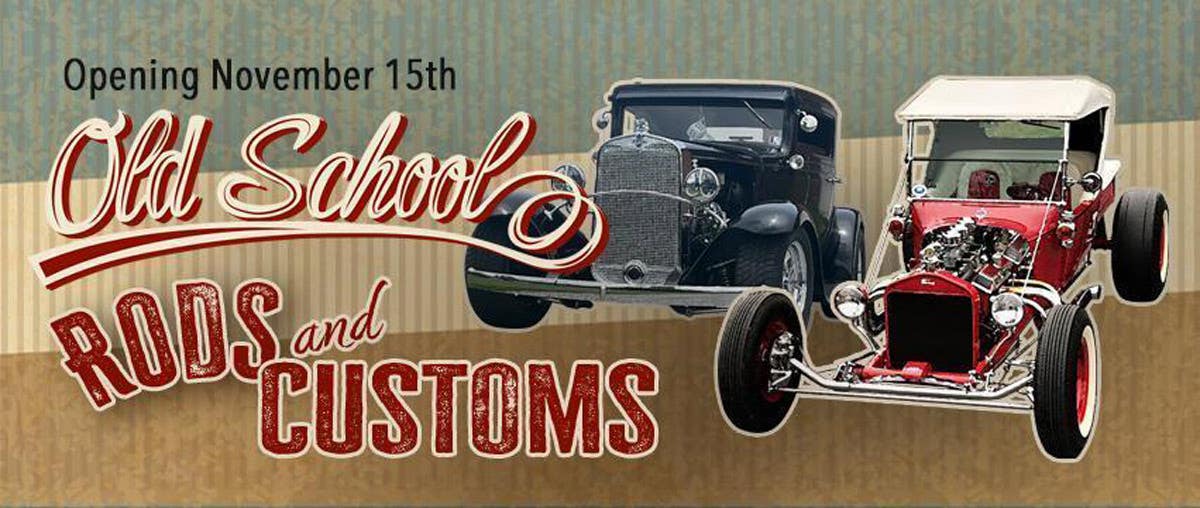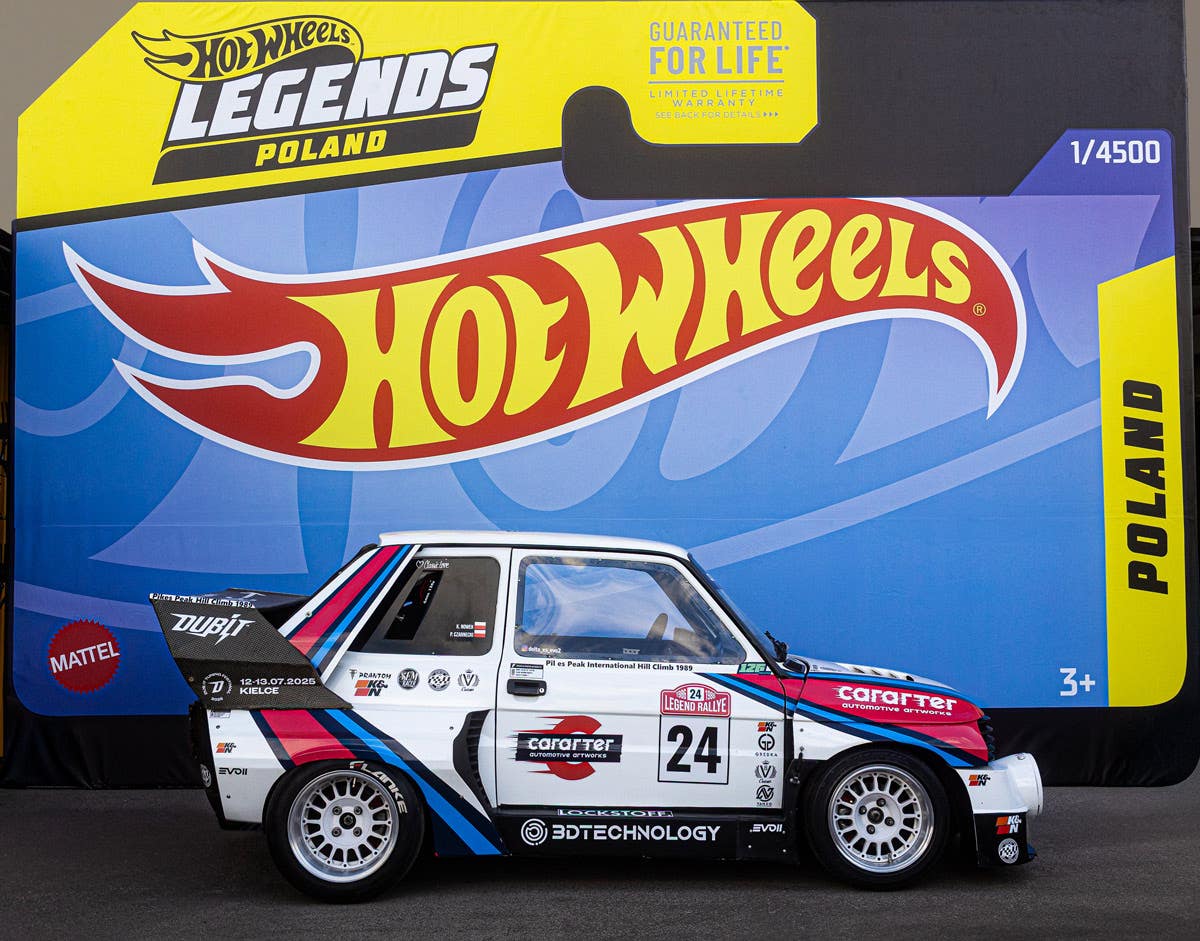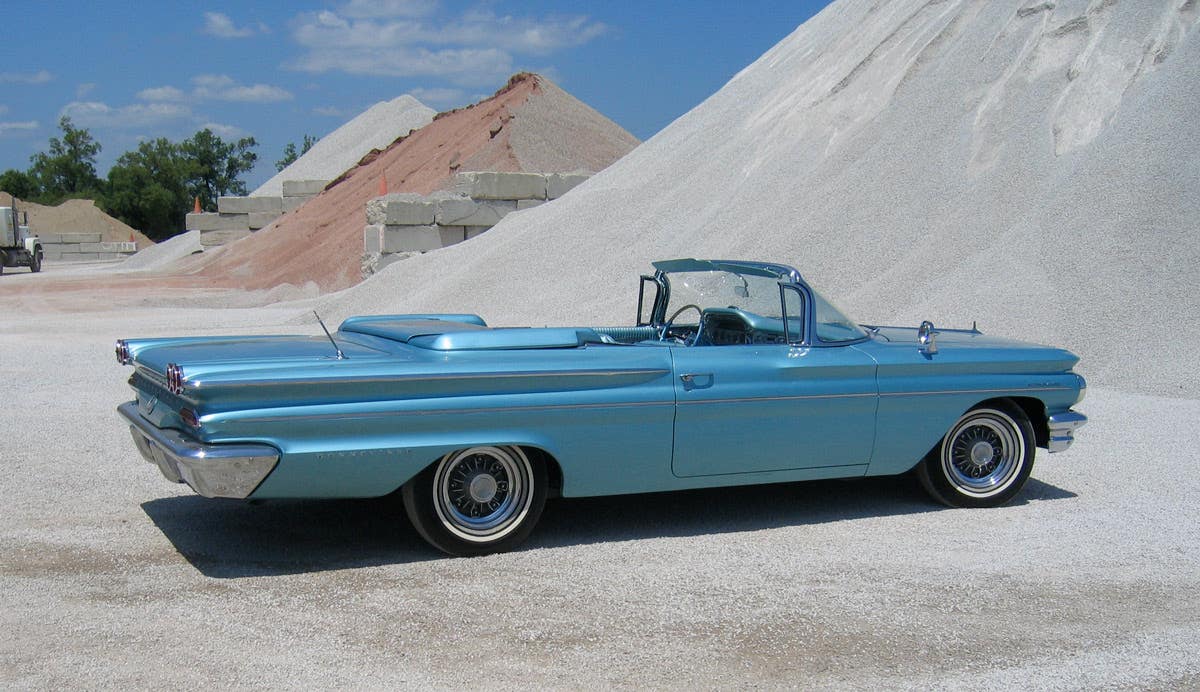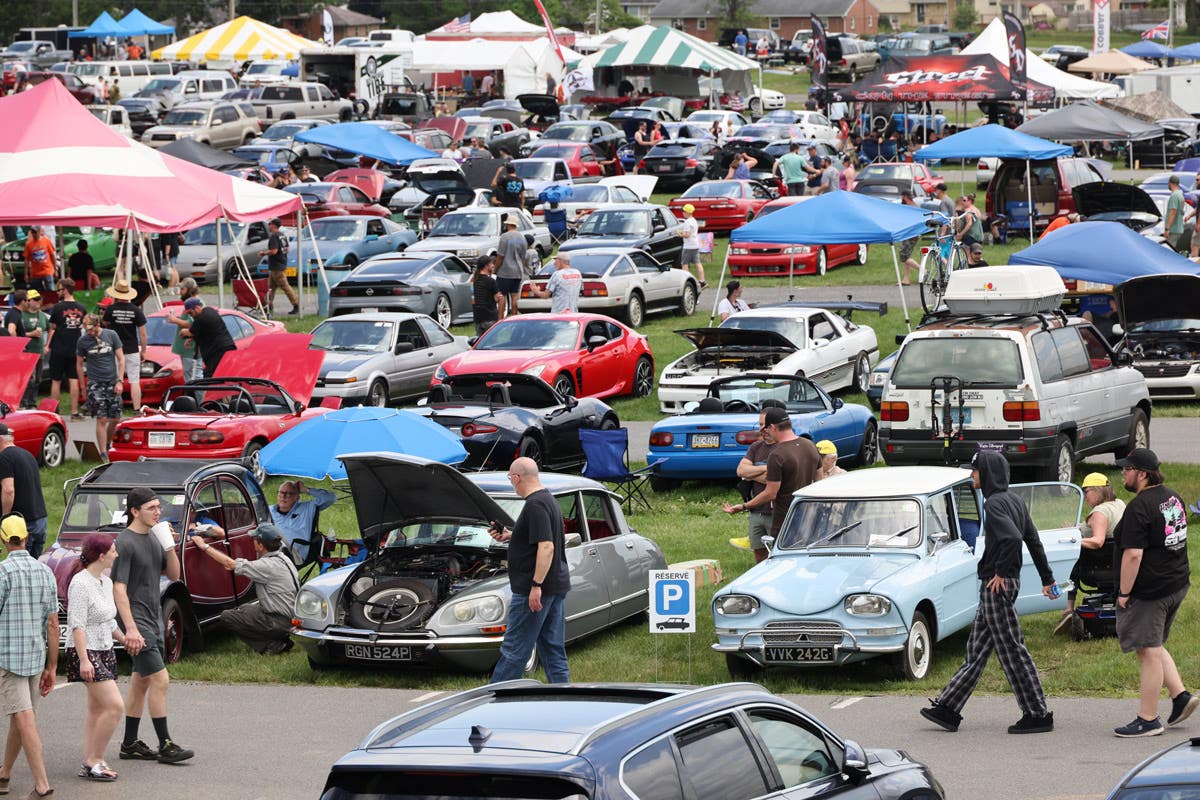Few collectors can crack open their garage and look at the elegant radiators of restored V-12 Cadillac roadsters, big 1934 Packards, a supercharged Cord, Auburn speedster and even a Duesenberg convertible sedan all at once. Dave and Marlese Lindsay of Manawa, Wis., are two of those fortunate but rare collectors. But with all of this heavy iron, it's not the colorful speedster or the V-16 Cadillac All-Weather Phaeton or the two-tone rose-colored Model J Duesenberg that the Lindsays choose to drive when the two-lane roads around their home call ' it's the jet-black, largely original 1937 Packard Twelve Series 1508 Seven Passenger Touring Sedan they fancy.
In 70 years, this 1937 Packard Twelve Series 1508 Seven Passenger Touring Sedan has traveled only 37,356 careful miles. The first 20,000 miles were put on by an Oshkosh, Wis., funeral home. All that keeps the car from being unrestored is a repaint in the original black color, applied one year before its current owners purchased the car in 1973, and a recent engine rebuild.
"When somebody says, 'Bring an old car,' it's the car we drive," Dave Lindsay said. "It's dependable, reliable, comfortable and it has a heater. And, basically, everything works."
And drive it he does. Since buying the formal Packard in October 1973 with around 20,000 miles on the odometer, it's logged an additional 17,000 miles in tours, travels to car shows and Sunday drives. When the car was photographed in early July, it had just returned from a 900-plus-mile Classic Car Club of America "See the USA the Hoosier Way CARavan" around Indiana. The 2007 event marked the second time the Packard Twelve has logged around 1,000 miles in a tour since Lindsay bought it more than three decades ago.
This car's original interior has been referenced by restorers working to authentically reupholster concours-winning cars. This Packard seven-passenger sedan carries a touring steering wheel, while more sporting Packards from 1937 were equipped with banjo-style steering wheels. All of the lights and gauges on the symmetrically pleasing instrument panel remain in fine working order, though they have never been opened up for repair. Even the radio still sings. Notice the gauge faces match the shape of the steering wheel hub, which matches the gear shift knob.
As it always does, the Packard and its 473-cid, 175-hp 12-cylinder engine performed flawlessly on the journey. Lindsay said the engine was rebuilt several years ago, and during its recent tour around Indiana, it only consumed about one quart of oil. A perfect quantity, in Lindsay's estimation.
"Packard wanted these engines to use one quart of oil every 1,000 miles or so, and that's how they knew they were properly lubricated," he said.
It's very likely that the Twelve's first owner never drove it more than 100 miles at a time, let alone 1,000 miles. The Lindsays purchased the car from its original owner, the Spikes & McDonald Funeral Home in Oshkosh, Wis., which used the stately Packard Twelve to carry mourners and pall-bearers.
The art-deco accelerator pedal appears to borrow its design from the Chrysler Building. This Packard carries a Body No. 1034. It was delivered late in the 1937 model year, according to its data plate on the cowl, which lists a delivery date of November 3 and a delivery location of Oshkosh, Wis.
The comforting touches included inside this noble Packard for funeral processions are evident throughout. There are shades for the rear-most side windows and back window, jump seats to accommodate up to seven passengers, rich walnut trim and even small round mirrors for passengers to powder their noses before stepping out of the car. These mirrors fit perfectly into slots in the rear armrests, which also hold an ash receiver and cigar lighter on each side. Like the rest of the interior, all of these details are in marvelous, original condition and remain just as Packard employees installed them 70 years ago.
Given its intended purpose, it's not surprising that the car has been so well maintained. Often, cars used by funeral homes are maintained to a very high standard, and this Packard was no different. What does surprise Lindsay is that the car is equipped with a high-speed rear end, which makes the car's modern purpose of touring more enjoyable. Unfortunately, he wasn't able to learn why the car was equipped with the highway-friendly rear end.
"By the time I became interested in learning the car's history, a couple years after I bought it, the funeral home had been sold," Lindsay said. He also never had the chance to meet the original owners, as the car was advertised in Old Cars Weekly by a third party, who was storing the Packard for the funeral home.
Other aspects of the Packard make it a joy for touring. Their Packard Twelve's chassis includes the new-for-'37 Safe-T-FleX independent front suspension, which offered a smoother ride than models from the previous year.
"Those changes make all the difference in the world," Lindsay said. "When you go over railroad tracks with this car, you can barely feel them under the car, not like a modern car." The old sedan can keep up with those modern cars, too.
"This thing has more 'oomph' [than my 1934 Packard Twelve convertible coupe]," he said.
I can attest to that. Lindsay offered me a seat behind the comfortable wheel of his 1937 Packard. After sliding the car into high gear, he told me to push down on the art-deco aluminum accelerator pedal, and the 6,500-pound Packard responded like a whipped horse, though in a much more smooth and quiet manner.
"If you're idling along, you can get within 5 feet of people before they hear you coming," Lindsay said.
When those people do sense the Packard, they stop, pause and admire the stately car and all of its presence, giving this handsome car the appreciation it deserves... and has earned.








